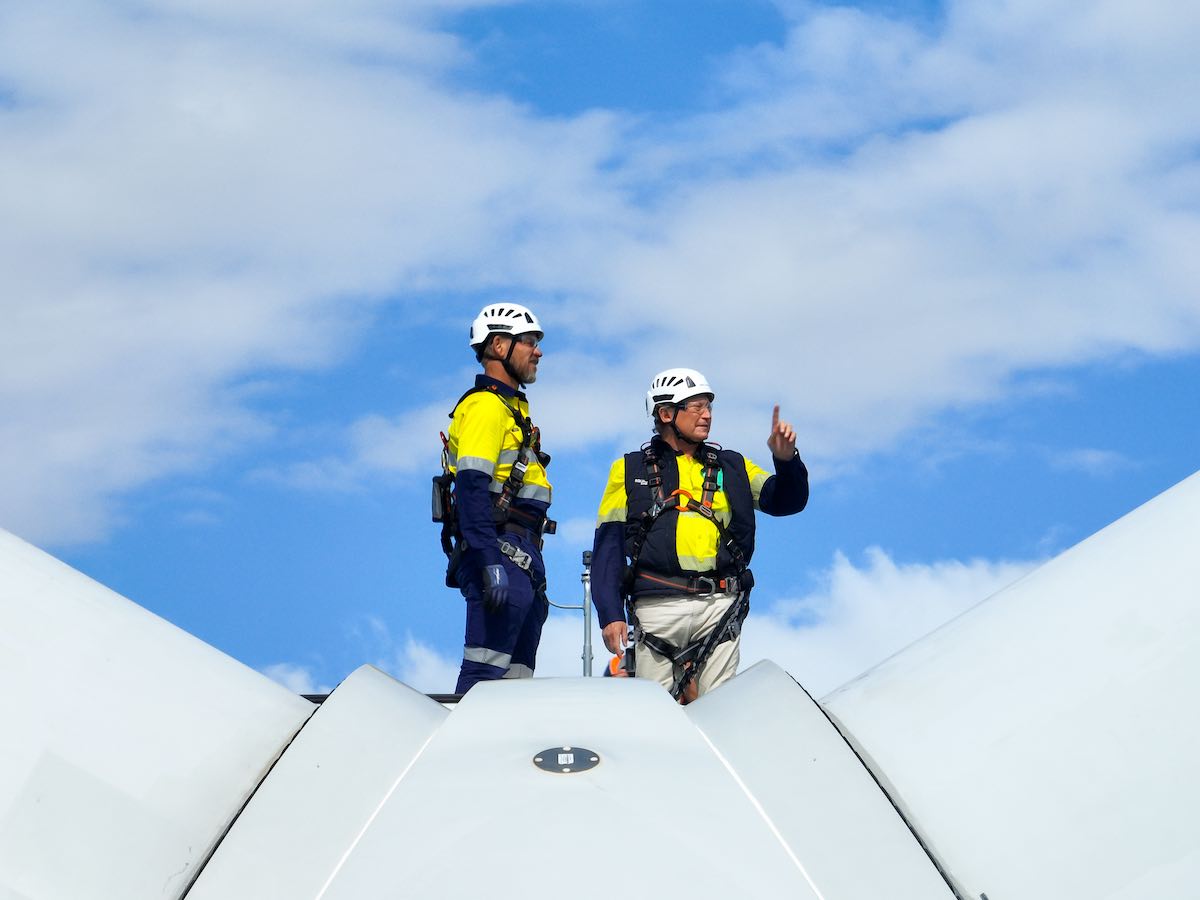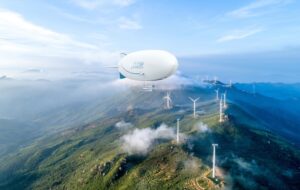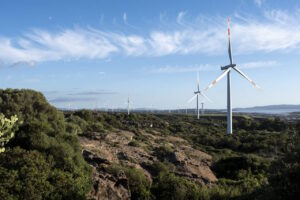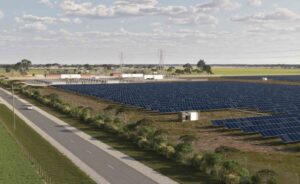The CEO of the Andrew Forrest owned renewables developer Squadron Energy says the cost of developing onshore wind energy projects has jumped by up to 50 per cent over the past four years, presenting industry with a “very big challenge” as it works to deliver tens of gigawatts of new capacity in Australia.
Speaking at Australia Wind Energy 2024 in Melbourne on Wednesday, Squadron chief Rob Wheals said industry would need to act swiftly to overcome the jump in wind costs that, alongside other roadblocks, are getting in the way of scaling up development.
Wheals says about two-thirds of the cost of delivering an onshore wind project are made up of construction and installation costs and that, since 2020, developers have seen those costs increase by as much as 50 per cent.
“And that really represents presents a very big challenge for us in the industry. We’ve got to get smarter in the way we deliver projects. We’ve got to innovate,” he said.
“Projects are getting bigger and where they’re getting bigger they’re turning into big roads projects and civils projects. We have to get better and smarter at how we deliver that.
“We’ve also got bigger turbines, taller towers, and we have to get clever and smart about how we install towers and how we used cranes and so forth, because these all add to high cost in our projects.
Wind turbine costs fell dramatically last decade, and were expected to fall further. Origin Energy, for instance, struck a landmark contract with the Stockyard Hill projects in 2017 at a price in the low $50s/MWh – and that included the price of large scale certificates.
But turbine costs jumped during the Covid epidemic and after the energy crisis that was sparked by Russia’s invasion of Ukraine, and the supply chain issues that followed. Labour costs are also high, and PPA prices for wind in NSW are now estimated at around $85 to $90 a megawatt hour.
Wheals said the cost of finance for increasingly large onshore wind projects has also increased significantly since 2020, going from a cash rate of 0.1% to 4.35% today.
“That translates directly to the cost of financing a project and therefore the cost of the project and what it means for end consumers,” he said.
Wheals says cost effective finance has a lot to do with the bankability of a project – and this is where things can get particularly complicated for developers in Australia, where investors are being asked to financially commit to building generation before there’s a grid connection locked in – or in some cases, before a grid even exists.
Then there is the long and multi-tiered approvals process, which can lead to the delivery of a wind farm being stretched out to well beyond their planned – or optimal – timelines.
As Enel Green Power Australia’s CEO Werther Esposito noted later at the same conference, the lack of visibility on the timing of the process of grid connection, in particular, is having an adverse impact on the investment appetite.
“Probably, internally, we say that the complexity of the grid connection process in Australia is similar only to Mexico in our experience, if you compare to other markets,” he said, prompting some laughter from the audience.
But Esposito, Wheals and various other global wind energy executives including from RES, Goldwind and RWE, also noted that the grid connection situation, at least, is improving, with network companies, market bodies and governments joining forces to boost visibility and speed up critical project connection processes.
Cost problems – and the impacts of Australia’s predictably unpredictable energy politics – still need some nutting out.
“My message to us as an industry is that we … need to do the heavy lifting. We need to do that heavy lifting now,” Wheals told the conference.
“We’re looking at a four- to five-fold increase from today through to 2050. …We can’t afford to be distracted by the nuclear debate and, in fact, nuclear won’t be there in time for us anyway.
“So we just seem to get get on with it… To not continue the journey that we’re on would waste billions of dollars and place our energy security at risk – and, importantly, also deny a huge opportunity for regional Australia to capture the benefits of economic development that will flow from the industry.”










